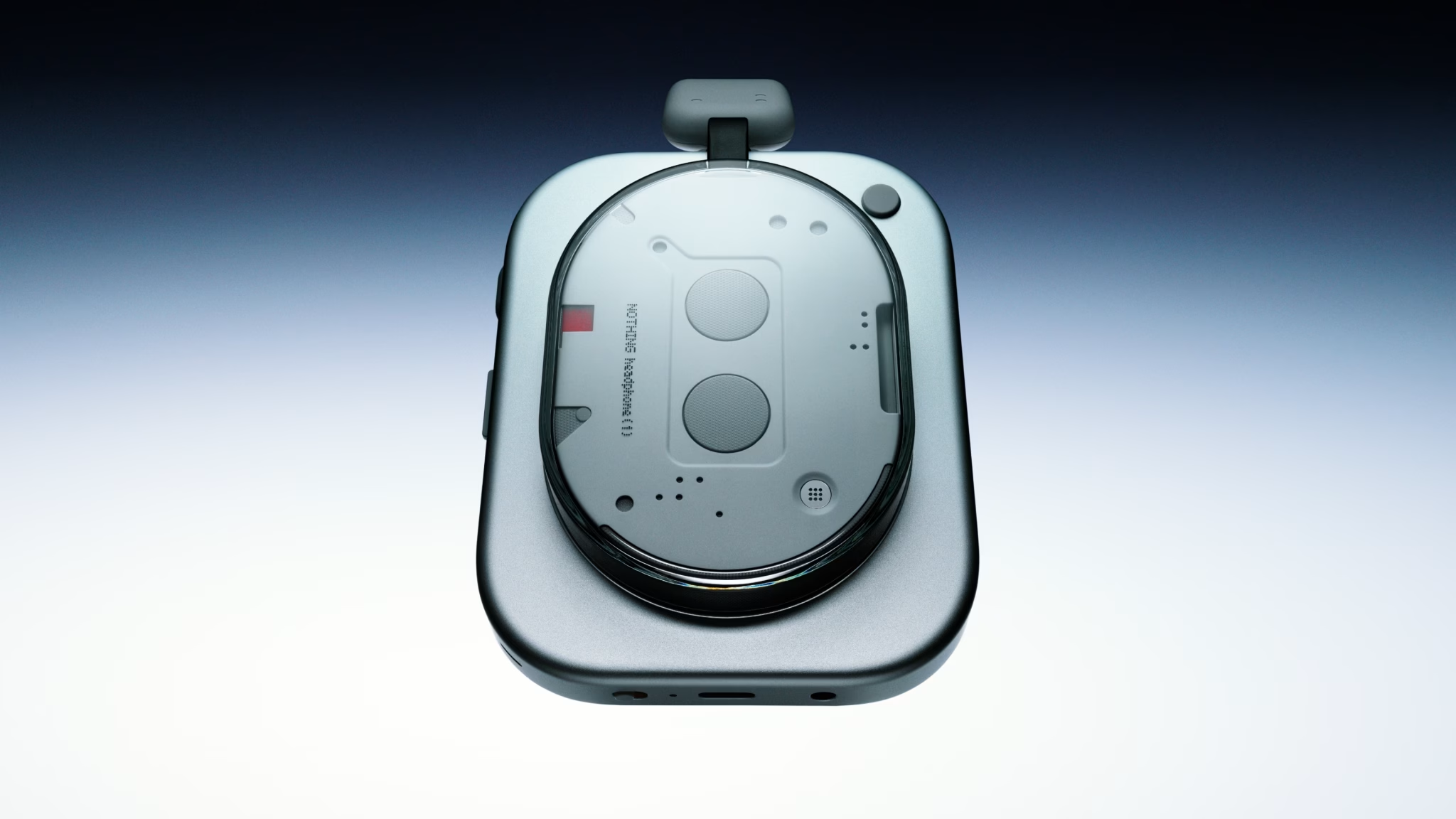Nothing's Bold Leap: An In-Depth Look at the Headphone (1)
Nothing, the London-based tech company that's carved out a niche with its distinct transparent design language, has just made a significant stride into the premium audio market. Following their foray into earbuds with the Ear 2, they've now unveiled their first over-the-ear headphones, aptly named the Headphone (1). Priced at $299 and hitting pre-order shelves on July 4, 2025, these aren't just another pair of cans; they're a statement.
Design Philosophy Meets Audio Engineering
From the moment you lay eyes on the Headphone (1), Nothing's signature aesthetic is unmistakable. That sleek, transparent design, which has become their calling card, is front and center here. It's a bold choice in a market often dominated by minimalist, opaque designs. And honestly, it’s refreshing. It makes you wonder, doesn't it, why more companies don't embrace this kind of visual transparency?
What's particularly interesting is the collaboration with British audio brand KEF. This partnership suggests a serious commitment to sound quality beyond just the flashy looks. While the device itself is described as a "bit bulky," even for over-ear headphones, it's a trade-off many might be willing to make for the promised audio fidelity. After all, sometimes you need a little heft to pack a punch, right?
Unpacking the Audio Experience
Beyond the striking visuals, the Headphone (1) packs some serious audio tech. It boasts adequate adaptive noise cancelling and transparent modes. "Adequate" might sound like faint praise, but in the real world, it means they'll likely handle your daily commute or office distractions without a hitch. For me, the true test of ANC isn't just silence, but how naturally it handles the transition between modes.
Then there's the adaptive bass enhancement. This isn't just a simple bass boost; it's designed to adapt to different music genres, which is a nuanced approach I appreciate. I've heard too many headphones that just crank up the low end indiscriminately, turning everything into a muddy mess. The idea of it adapting to what you're listening to? That's smart.
But perhaps the most intriguing feature is the immersive spatial audio with dynamic head tracking. This isn't new tech, but its implementation can make or break the experience. The promise of a "3-D listening experience" that feels "more lifelike" is a big one. Imagine watching a movie or playing a game and feeling truly enveloped in the soundscape. It's a game-changer for immersion, and if Nothing nails it, they've got a winner on their hands.
Tactile Controls: A Refreshing Deviation
In an age where touch sensors and gesture controls are ubiquitous, Nothing has gone against the grain with tactile buttons. And you know what? I'm here for it. There's something inherently satisfying about a physical click, a definite response. The simple button to trigger your AI assistant or ChatGPT (via the Nothing X app, naturally) is straightforward.
But the real star here is the volume roller. Not only does it offer that "very satisfying click" when you adjust the volume, but it also doubles as a multi-function button for play, pause, and toggling noise canceling. It's an intuitive design choice that prioritizes usability over sleek, often frustrating, touch surfaces. Who hasn't accidentally paused their music trying to adjust the volume on a touch-sensitive cup? This tactile approach feels like a nod to practical, real-world use.
Comfort and Endurance
Comfort is paramount for over-ear headphones, especially for long listening sessions. The Headphone (1) is described as "perfectly comfortable for a long wear time," which is great news. However, there's a caveat: they're "a bit heavy and tended to slide around while wearing them to do some household chores." This is a common challenge with bulkier headphones. It suggests they might be best suited for stationary listening, like at your desk or on a flight, rather than vigorous activity. So, maybe don't plan on wearing them for your next intense cleaning spree.
Battery life is another crucial factor, and Nothing seems to have delivered. They claim up to 80 hours of listening, or 35 hours with noise canceling engaged. That's a serious amount of juice. Plus, a quick charge time means less waiting and more listening. For anyone who's ever been caught mid-flight with dead headphones, this kind of endurance is a godsend.
Nothing's Play in the Premium Audio Arena
At $299, the Headphone (1) enters a competitive arena dominated by established players like Apple's AirPods Max and Sony's WH-1000XM series. Nothing isn't just throwing its hat in the ring; it's doing so with a distinctive design and a focus on core audio features. Early reactions from other tech outlets seem to echo this sentiment, praising the design and sound quality, even if some quibbles exist.
The emphasis on transparency and tactile controls isn't just a gimmick; it reflects a broader trend towards unique, user-friendly interfaces. Nothing isn't trying to be another me-too product. They're banking on their unique identity and a solid audio foundation to carve out their space. It's a bold move, and one that could certainly shake things up a bit.
Final Thoughts
The Nothing Headphone (1) is more than just a new product; it's a statement of intent. It shows Nothing's ambition to expand its ecosystem and challenge the audio giants. With its striking transparent design, collaboration with KEF, intelligent audio features like adaptive bass and spatial audio, and a refreshing commitment to tactile controls, it presents a compelling package. While the bulk and weight might be a minor concern for some, the impressive battery life and promising sound profile make it a serious contender. It's certainly got me curious, and I suspect many others will feel the same.
